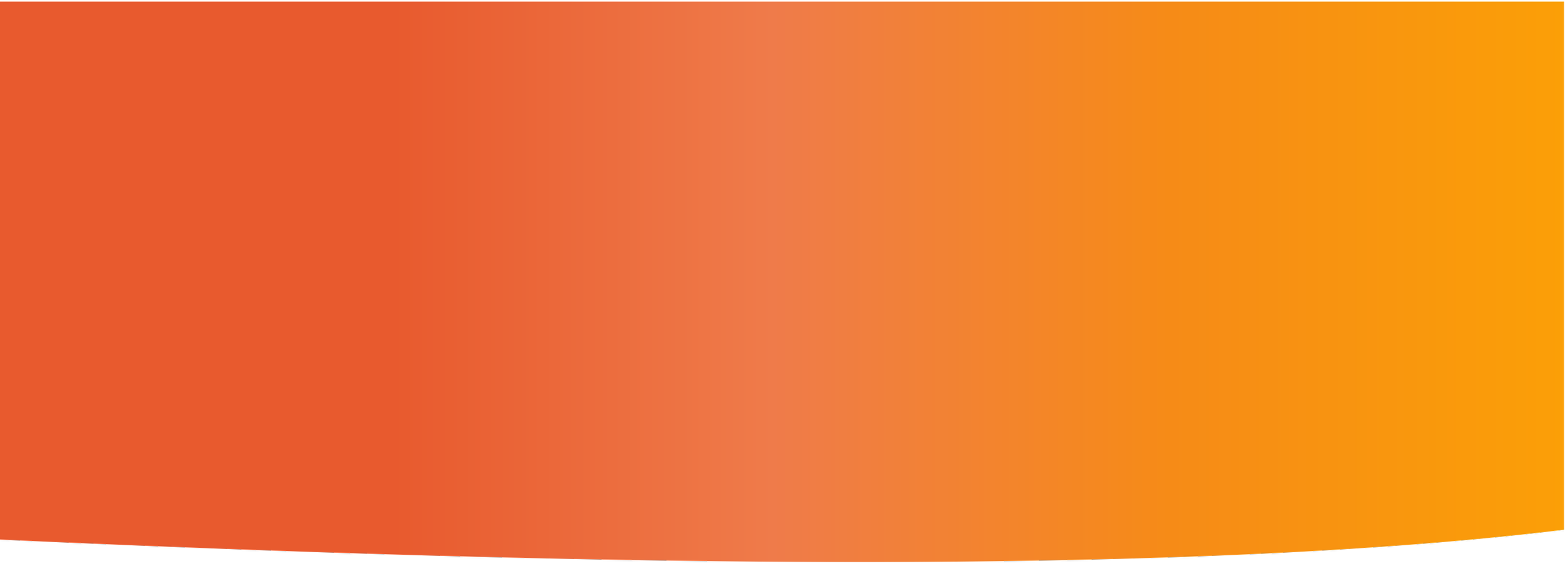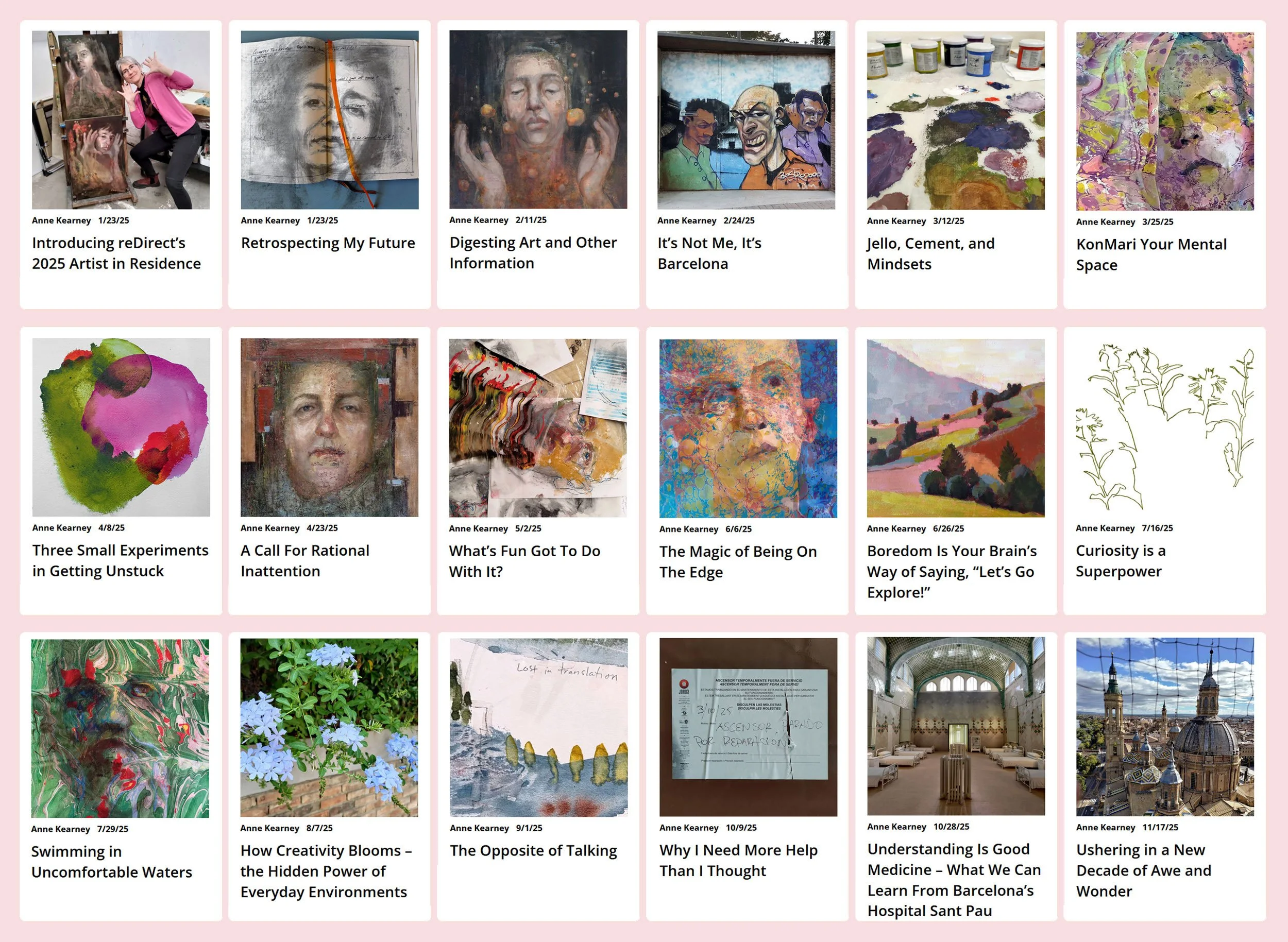
Stories
Insights & Ideas
We’re always learning and expanding our thinking.
Eighteen Small Experiments
I have just finished a year of small writing experiments and you, dear reader, were part of my laboratory. What are small experiments and what can they teach us? My own experiments have been instrumental in helping me incrementally find my way in the world of blog writing.
A Curious Animal, We Are
reDirect co-founder, Rachel Kaplan, shares some musings on the Small Experiment Mindset, connecting curiosity and exploration to our quest to understand the world around us.
Three Small Experiments in Getting Unstuck
When you can’t think yourself out of a problem, it’s time to act. But taking action doesn’t mean that the action has to be big or even that you have to be particularly sure about it. In fact, often the best actions are small experimental ones. This small experiment approach is what I’ve been using to try and break through my creative block.
The Big Idea of Small Experiments
Small experiments – whether in the design of spaces, programs, or just our own lives – can have big impacts. They can also keep us from making big mistakes. Although the quick, flexible, and impermanent nature of small experiments can make them feel haphazard, they are anything but.




